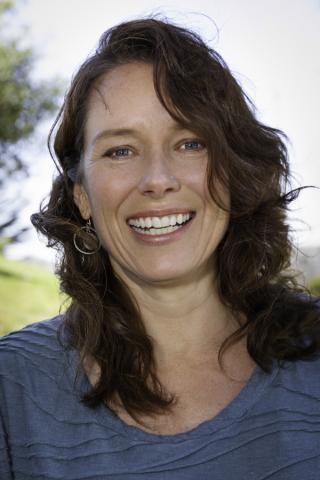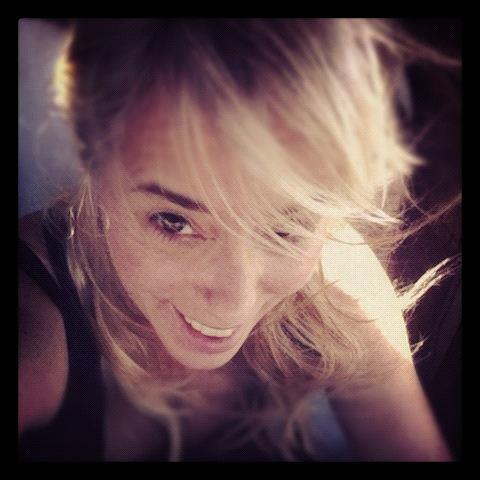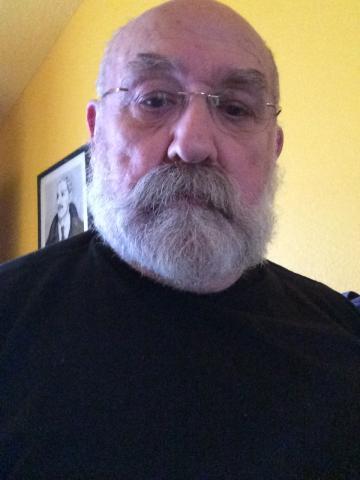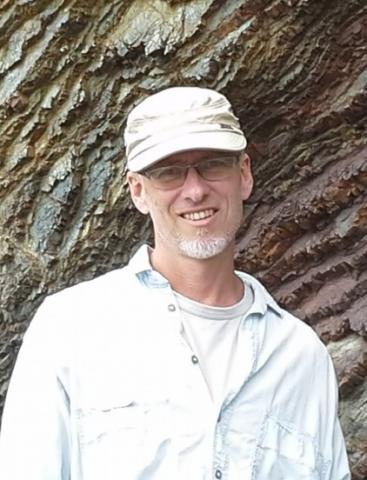Artist: Leslie Printis (authored by leslie printis)
Submitted by leslie printis on
Submitted by leslie printis on
 Submitted by carolemoore on
Submitted by carolemoore on
I was in raised amid New Hampshire’s seacoast and mountains. My travels have taken me to Alaska, Mexico and as far east as Kyoto, city of temples. Self-taught, I work primarily with forms from the natural world to create visual spaces of harmony: animals, plants, water, sand. I strive to convey the grace, strength, and fragility of life, as well as its lush vitality.
My portfolio contains both representational and abstract works. I merge realism with slightly fantastical elements, and the concepts of beauty and playfulness are very important to me in my work. I am also fascinated with the play of light on water. My paintings are meant to create a space of refuge for the viewer.
Home now is San Francisco, where I can be found climbing hills, walking along the coastal cliffs, and painting in the amazing light. My work is held in corporate and private collections worldwide, shown in national galleries. I love what I do, and it’s my great pleasure to share it with you!
Submitted by waynejiang on
The fundamental nature of my aesthetic rests in the use of simple, quiet compositions that visually communicate emotion within the precepts of narrative realism: intimate scenes of family gatherings, unusual renderings of ordinary objects, subtle glimpses of everyday life. These images are collectively reflected on stillness, solitude, and mystery, yet with an element of comfort and familiarity. My creative approach is driven by the desire to balance traditional principles of painting and contemporary design, seeking inspiration from by a variety of artistic genres and periods, including 17th Century Dutch genre paintings, 19th and 20th Century American Realism, as exemplified in the works of John Singer Sargent and Andrew Wyeth, and modern documentary photographers such as Walker Evans and Sally Mann. Specific elements of design play an integral role in the result of each painting. By way of example, careful color selection is essential in conveying the underlying mood of the composition. My Interior paintings are rendered in rich, warm colors that blend to convey a sense of intimacy and tranquility, and are reminiscent of the candlelit luminosity of Baroque paintings. Comparatively, the Gray series features gradations of blues, greens, and grays often juxtaposed with soft earth tones that collectively capture the spirit of natural environments and the gentleness of dimly lit rooms. Feelings of mystery and lucidity are conveyed in my nighttime scenes, employing a softened palette to emulate the allure of nocturnal light. Another important stylistic choice is the size and shape of the canvas. Some paintings are square-shaped, as if providing a window in which to carefully observe. Others are evocative of elongated Chinese scrolls, rendered on vertical and horizontal rectangles that lend to a panoramic view of my subject. The size of my paintings is often smaller in scale, granting an intimate setting in which people may closely observe the painting’s content and arrangement. In my effort to coalesce traditional and contemporary design practices, I strive to create works of art that retain a timeless quality while incorporating contemporary subject matter. In doing so, it is my resolve to provide viewers with visual explanations of emotion that will hopefully make for a lasting impression
 Submitted by zannahnoe on
Submitted by zannahnoe on
Zannah Noe is a San Francisco based artist since 1991. Originally from Concord, Massachusetts she studied art at The University of Massachusetts at Amherst and photography under Carrie Mae Weems at Hampshire College. She continued her painting studies independently with master painter, Doug Schneider.
Currently she is working on a project called American Bones that will be a three-year endeavor exploring America’s landscape and cultural identity. Funded by the crowd-sourcing site, Kickstarter.com. Noe was able to take a 5-month road trip covering 13,000 miles around the States, photographing and interviewing people and filming events. American Bones road trip has resulted in a large body of photographs that will be published in a book in 2013. From her photographs, the artist has created the first iteration of the American Bones painting series in 2013. Eventually the work will be show together as a multi media project in 2014.
 Submitted by stephenmostica on
Submitted by stephenmostica on
I say on canvas and paper what cannot be put into words. I paint what remains in the mind.
Submitted by monicadenevan on
The first time I traveled to Burma, I knew very little about the country and it’s politics. I remember being struck by the meditative beauty of the landscape, the sensory chaos of the cities, and the quiet elegance of the people. As I read and learned more about the history and political situation, it seemed as though the only news and images coming from the country were exceedingly negative and ugly. Most tourists are kept away from this reality, myself included. I wanted to photograph the people I was spending my time with and soon my days were all about making pictures. What I was drawn to were the areas outside the cities, the villages next to the river, where fishermen and their families lived and worked. In that spare and graphic river setting, I made intimate portraits, mostly of the men I encountered, in isolated and stylized poses. My impression is that much of the country looks like early 20th century images and I kept my version of that look in mind as I made my photographs.
I travel with my Bronica medium format camera, one lens, and a few plastic bags filled with Ilford Delta 400 film. My photographs are printed from negatives in my traditional darkroom and selenium toned. I print in editions of 25, on 16″x 20″ paper, and prices increase as the edition sells.
Monica Denevan was born in San Francisco and studied photography at San Francisco State University but it wasn’t until she started traveling extensively that she began to see differently. She has been visiting parts of Burma and China for many years, always with her Bronica, an open mind and a sense of humor. Monica’s photographs have been exhibited internationally. Her work had been published in ZYZZYVA, Black+White Photography (UK), F-Stop Magazine, Communication Arts Photo Annual, SHOTS, Black and White Magazine, The Photo Review, The Sun, and Artvas-The Photo (Korea) among others. Online, her work has been featured on LENSCRATCH, F-Stop magazine, and Le Journal de la Photographie. She is represented by Scott Nichols Gallery in San Francisco, Capital Culture Gallery in London, and Tao Evolution Gallery in Hong Kong which produced a small catalogue of her work. Monica’s photographs are in the permanent collection of UCSF Medical Center.
 Submitted by James Groleau on
Submitted by James Groleau on
After many years of working in mezzotint, an engraving technique that requires precision and forethought, I am now exploring the realms of wax painting and abstract imagery. Each image starts as a simple shape, assuming different permutations until the final image is achieved. The encaustic process introduces me to a spontaneity that does not exist in my mezzotints. The new work represents a passage both toward a new way of working, and perhaps more importantly, toward a new way of seeing.
Submitted by jeantripier on
Submitted by sharonpearson on
THE HUMAN FORM has it all: the challenge of Body and Spirit; to capture a MOMENT OF ITS ESSENCE renders a True Piece of Art!
Submitted by holgerstruppek on
I am fascinated by structure and change as it manifests itself around me: in nature, caused by human intervention, and the seemingly random. Structure and change can be experienced through comparison, movement, and by paying attention to the passing of time. As such, my subjects range from large scale natural and everyday environments to studies of small scale details.
Photography focuses my attention, draws me into the present, and allows me to perceive more intensively than otherwise. The camera lets me capture and share this experience, by freezing or blurring movement, by stretching or compressing time, by pointing to obscure detail. To stop and connect with the present moment has become the rare occasion for many. This way of living diminishes the capacity to perceive the subtleties around us. My images are meant to both reflect this transitory quality, as well as offer counterpoints to it.